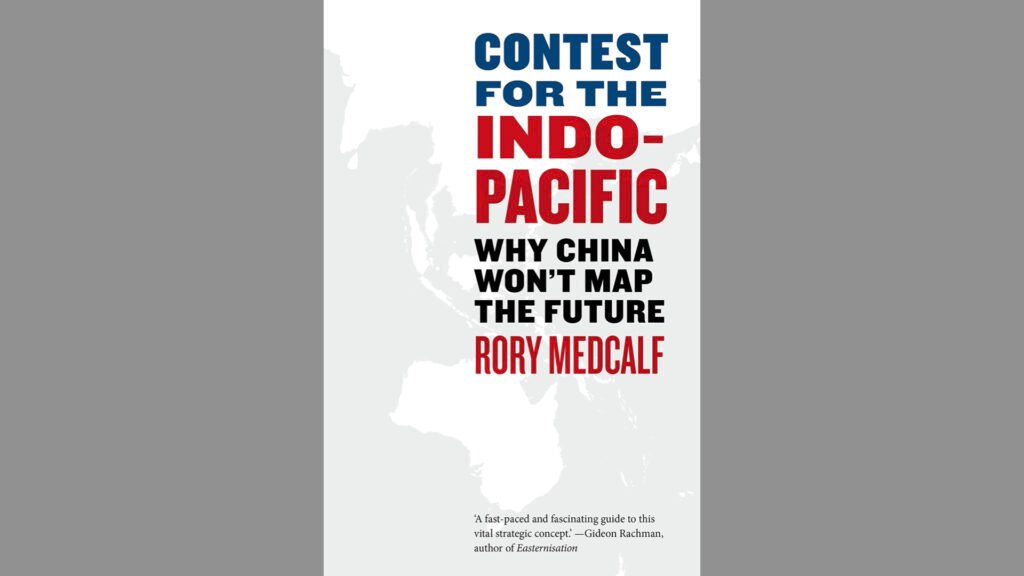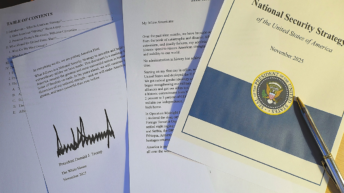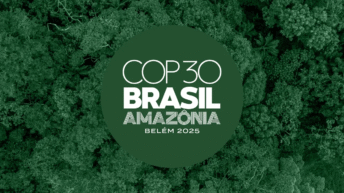
Indo-Pacific is fast emerging as the battleground of the 21st century. At the dawn of this century, the global power axis has shifted away from the Pacific–Atlantic to the Indo–Pacific. Rise of the Asian Tigers – Singapore, Hong Kong, Taiwan and South Korea – towards the end of the last century and the unprecedented economic success of China at the beginning of the new century, coupled with the promising and impressive rise of new economic powers like Indonesia, Vietnam and the Philippines in the last two decades, have overwhelmingly shifted global power to this region. Middle powers like Australia, India and Japan have added more heft to it. Today, the region from the Persian Gulf to the Straits of Malacca and onwards to the South China Sea has emerged as the epicentre of global trade and military movement. With 45% of the world’s population, home to 3 out of the 5 top economies in the world, producing half of the world’s GDP and carrying 70% of the world’s container traffic, this region has acquired enormous significance in just two decades.
Its significance does not end here. Rather, it starts here. This world’s most happening region of this century has many powers that have enormous stakes. It is a lifeline for not only superpowers like the United States and China but also several middle powers and developing nations in and around the region. As the importance of the region grows, so do the interests of many of these powers in its evolution. Just as it was impossible to understand global politics in the last century without understanding the power dynamics between Europe and America, it is impossible to understand 21st-century geopolitics without understanding the rise of the Indo-Pacific.
Kalidas Nag, a historian from Bengal, who accompanied Rabindranath Tagore during his journey to Japan and other countries, was the first scholar to recognise the importance of the twin oceans of Indian and Pacific. In his 1941 vintage book by name “India and the Pacific World”, Nag underscored the central role of “the vast expanse of water extending from the Indian Ocean to the Pacific”. More recently, the 2011 book authored by the American scholar Robert D Kaplan, titled “Monsoon” has generated renewed interest in the Indo-Pacific within the international strategic community.
In the first decades of the new century, the Indo-Pacific region has seen at least three important multilateral alliances emerging anew. An 11-country trade agreement called the Trans-Pacific Partnership – TPP was formed in 2016. Although America was the prime mover of the alliance under President Obama, his successor, Donald Trump decided to pull out of it in just one year’s time in 2017. Meanwhile, decade-long protracted negotiations have resulted in the formation of a 15-country free-trade agreement by the name of Regional Comprehensive Economic Partnership – RCEP in 2020. The same year also witnessed the rise of the quadrilateral security dialogue – QUAD with America, Japan, India and Australia as members. While America walked out of the TPP, China is trying hard to walk in. India stayed out of the RCEP citing the China challenge, while China could not hide its unease with the QUAD, calling it an “attention-grabbing idea” that “will dissipate like ocean foam”.
QUAD was conceived as a disaster relief cooperation arrangement. But today it has acquired the significance of a pole in the new Cold War of the century. The Indo-Pacific has already emerged as the epicentre of tension between various powers. The main concern of the United States is to contain China, while China is nurturing hegemonic ambitions over the region. India wants its ancient glory as a civilizational and economic fulcrum to return, while Japan wants its earlier influence to be restored. Indonesia is looking for some relevance to rise, and Australia is proactively engaging with several powers to protect itself. Countries like the UK, Germany and France also wish to remain in or return to a region that was their colonial backyard less than a century back. Overall, the 21st century is going to belong to the region in India’s Eastern neighbourhood – the Indo-Pacific area.
One of the most comprehensive and accurate analyses and insightful articulations about the contemporary strategic unfolding in the region is the recent book by well-known Australian academic and Professor at the National Security College of the Australian National University, Prof. Rory Medcalf. Titled “Contest for the Indo-Pacific – Why China won’t map the future”, Medcalf’s book is by far the most comprehensive narrative about the region. He explains the origins of the idea of the Indo-Pacific and dwells at length on the players and the contemporary geo-political realities. He also comes up with a credible roadmap for the future of the region.
Medcalf questions the belief that China has historically been at the centre of Asian politics. He argues that it was India, more than China, which played a more influential role historically. However, today, it is China which is all over the region and beyond. Medcalf explains that the rise of China as an economic and military superpower and its skilful deployment of the ‘sharp power’ make it the most comprehensive challenge to peaceful coexistence and the rule of law. “The colossal marketing campaign of China’s Belt and Road, with its doublespeak of defining a China-centric world with a ‘community of common destiny for mankind’, is one with this coordinated push of soft and sharp power. Each Belt and Road document signed with an indifferent or pliant foreign government is an arrow in the quiver of influence – a message that China will map the future”, he warns.
Medcalf calls it the “super-region” and quotes Shakespeare in Hamlet – “When sorrows come, they come not single spies but in battalions” – to suggest that there is trouble brewing in the “world’s pivotal region”. He believes that avoiding the trouble ahead and sustaining peaceful coexistence in the region calls for “a finely calibrated combination of three instruments: development, deterrence and diplomacy”. Medcalf predicts a prominent role for regional middle powers like Japan, India, Indonesia, Vietnam, South Korea and Australia in the next two decades and cautions that attempts by these powers to set limits to Chinese power will carry a heavy price.
The Indo-Pacific is too vast for any one country to have sway over it and enough for the ‘competitive coexistence’ of many nations. Medcalf beautifully sums up his book by calling the Indo-Pacific not just a region but an ‘idea’, ‘a metaphor for collective action’. He concludes with cautious optimism, saying: “If things go badly awry, it could be the place of the first general and catastrophic war since 1945. But if its future can be secured, it can flourish as a shared space at the heart of a reconnected world”.
This is the best book I have read so far on the Indo-Pacific with plentiful insights and information. A must-read for not just those interested in regional politics but for all practitioners of international relations.






Very balanced insights
Best book/ article in international relations